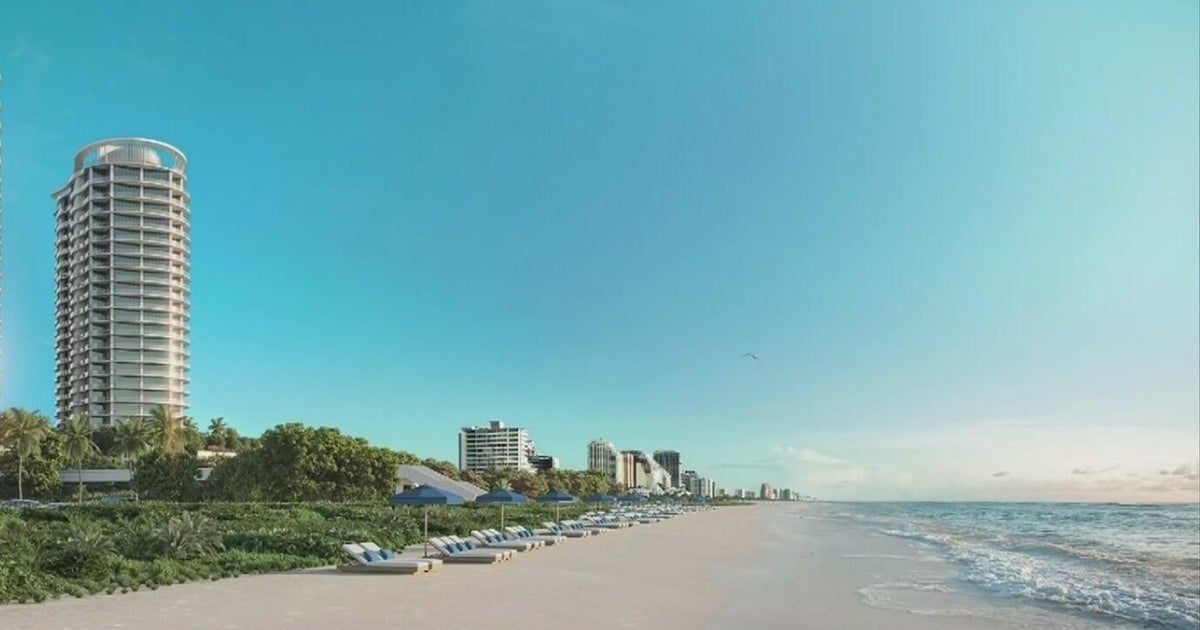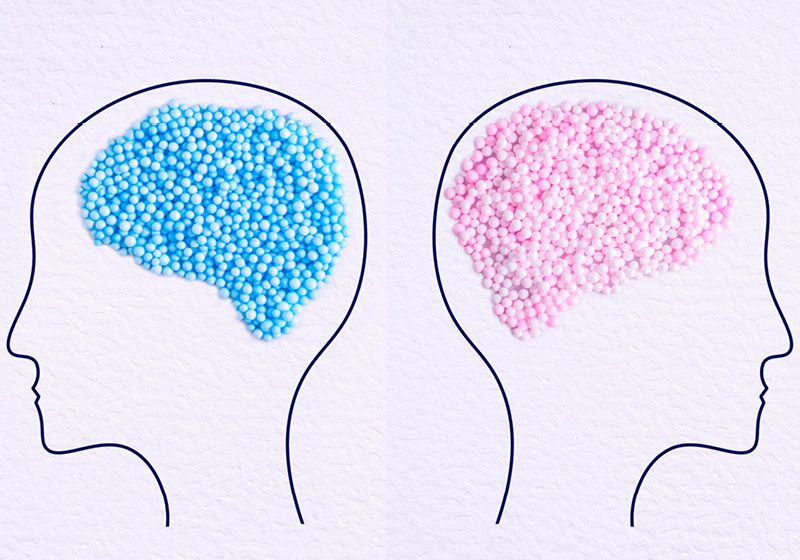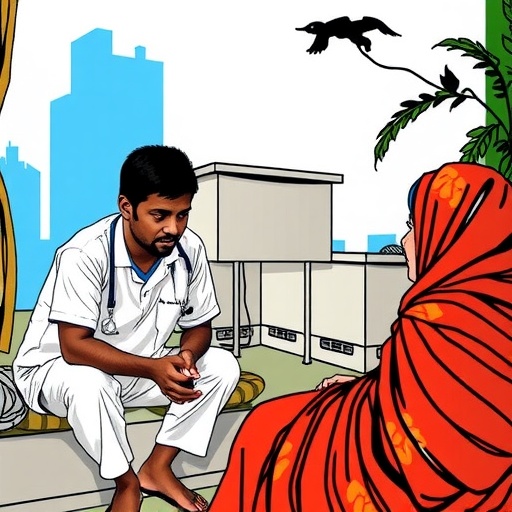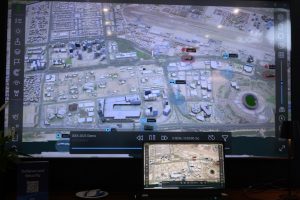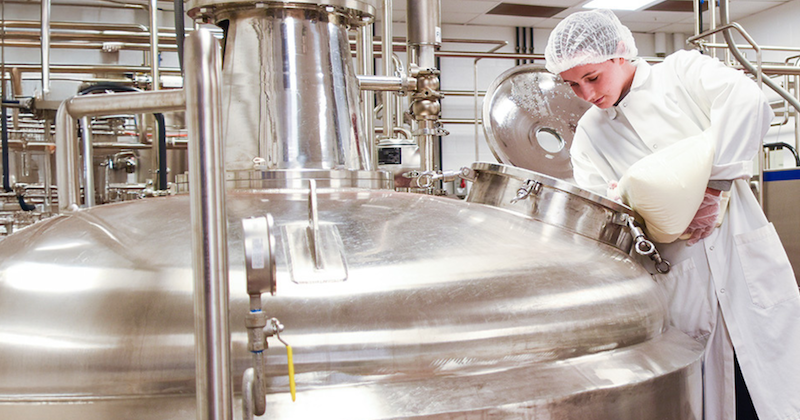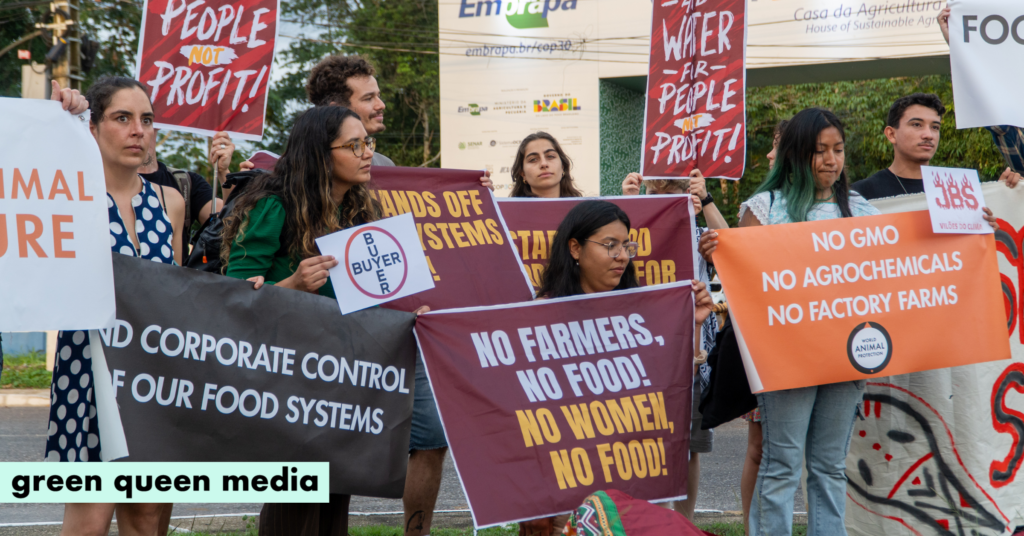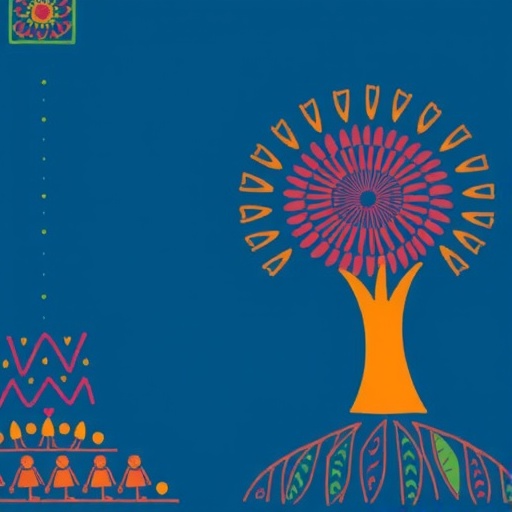Middle East Air Quality Alert: Manama second most polluted major city in the world – IQAir

Air Quality Analysis for Manama, Bahrain: A Sustainable Development Goals Perspective
Executive Summary
This report details the critical state of air quality in Manama, Bahrain, as recorded on August 5, 2025. The city registered as the world’s second most polluted major urban center, with PM2.5 levels categorized as “unhealthy.” This situation presents a significant challenge to public health and directly contravenes several key United Nations Sustainable Development Goals (SDGs), particularly those concerning health, sustainable cities, and environmental protection.
Air Quality Status and Public Health Implications (SDG 3)
On the specified date, air quality monitoring systems reported a PM2.5 concentration of 71 µg/m³ in Manama. This level is classified as “unhealthy” and poses immediate health risks.
- Direct Health Impacts: Exposure to such high concentrations of fine particulate matter can cause severe respiratory issues, aggravate existing cardiovascular conditions, and pose a substantial threat to vulnerable populations, including children, the elderly, and individuals with pre-existing health conditions.
- Alignment with SDG 3: This environmental crisis directly undermines SDG 3 (Good Health and Well-being), specifically Target 3.9, which aims to substantially reduce the number of deaths and illnesses from hazardous chemicals and air pollution. The current air quality in Manama represents a failure to protect citizen health and well-being.
Causal Factors and Environmental Impact (SDGs 7, 9, 13, 15)
The poor air quality in Manama is a result of a combination of natural and anthropogenic factors, each linked to broader sustainable development challenges.
- Natural Phenomena: Frequent and intense dust storms, exacerbated by regional desertification, are a primary source of particulate matter. This highlights a critical issue related to SDG 15 (Life on Land), which calls for efforts to combat desertification and restore degraded land.
- Industrial and Energy Emissions: Emissions from industrial activities, including fertilizer manufacturing and the combustion of fossil fuels, release significant quantities of PM2.5, black carbon, and other pollutants. This points to a need for progress on SDG 9 (Industry, Innovation, and Infrastructure) to promote clean and environmentally sound industrial processes, and SDG 7 (Affordable and Clean Energy) to transition away from polluting energy sources.
- Urban Pollution Sources: High-density vehicular traffic and extensive construction activities contribute additional pollutants, including silica dust and exhaust fumes.
- Climatic Conditions: High summer temperatures, often exceeding 40°C, accelerate the formation of ground-level ozone, a harmful secondary pollutant. This factor connects the air quality issue with the broader challenges of SDG 13 (Climate Action), as rising global temperatures will likely worsen such pollution events.
Challenges to Urban Sustainability (SDG 11)
The severe air pollution in Manama poses a direct threat to its long-term viability as a sustainable urban center.
- Contradiction with SDG 11: The situation is in stark opposition to the objectives of SDG 11 (Sustainable Cities and Communities), particularly Target 11.6, which focuses on reducing the adverse per capita environmental impact of cities by improving air quality.
- Urban Livability: Persistent “unhealthy” air quality diminishes the livability of the city, affects the quality of life for its residents, and can deter investment and tourism, thereby impacting economic sustainability. Achieving a safe, resilient, and sustainable urban environment is impossible without addressing the fundamental issue of breathable air.
Analysis of SDGs, Targets, and Indicators in the Article
1. Which SDGs are addressed or connected to the issues highlighted in the article?
-
SDG 3: Good Health and Well-being
- The article directly connects poor air quality to human health, stating that the “unhealthy” conditions pose “significant risks, particularly for sensitive groups like children, the elderly, and those with respiratory issues.” This aligns with the goal of ensuring healthy lives and promoting well-being for all.
-
SDG 11: Sustainable Cities and Communities
- The focus is on Manama, a “major city,” which is ranked as the “second most polluted major city in the world.” The article discusses urban sources of pollution such as “vehicle exhausts” and “construction sites,” directly addressing the environmental challenges faced by cities.
-
SDG 12: Responsible Consumption and Production
- The article identifies “industrial emissions,” “fertilizer manufacturing,” and “fossil fuel combustion” as primary causes of poor air quality. These activities relate to production patterns that release hazardous chemicals like “black carbon, and volatile organic compounds like benzene” into the environment.
-
SDG 15: Life on Land
- The article mentions that frequent “dust storms” are “worsened by desertification.” This connects the air quality issue to the degradation of terrestrial ecosystems, which is a core concern of SDG 15.
2. What specific targets under those SDGs can be identified based on the article’s content?
-
Target 3.9: By 2030, substantially reduce the number of deaths and illnesses from hazardous chemicals and air, water and soil pollution and contamination.
- The article’s central theme is the health risk from air pollution. It highlights “hazardous conditions” caused by high concentrations of PM2.5 and other pollutants from industrial and vehicle emissions, which directly corresponds to the aim of this target.
-
Target 11.6: By 2030, reduce the adverse per capita environmental impact of cities, including by paying special attention to air quality.
- The article specifically focuses on the poor air quality in the city of Manama. By reporting on the high PM2.5 levels and their sources within the urban environment, it directly addresses the need to manage and improve urban air quality as outlined in this target.
-
Target 12.4: By 2020, achieve the environmentally sound management of chemicals and all wastes throughout their life cycle… and significantly reduce their release to air… in order to minimize their adverse impacts on human health and the environment.
- The article points to “industrial activities, including fertilizer manufacturing and fossil fuel combustion” as sources of “PM2.5, black carbon, and volatile organic compounds like benzene.” This directly relates to the target’s goal of reducing the release of hazardous chemicals into the air from production processes.
-
Target 15.3: By 2030, combat desertification, restore degraded land and soil… and strive to achieve a land degradation-neutral world.
- The article explicitly states that poor air quality from dust storms is “worsened by desertification.” This identifies a key environmental problem that this target aims to combat.
3. Are there any indicators mentioned or implied in the article that can be used to measure progress towards the identified targets?
-
Indicator 11.6.2: Annual mean levels of fine particulate matter (e.g. PM2.5 and PM10) in cities (population weighted).
- The article provides a specific, real-time data point for this indicator: “PM2.5 levels reaching 71 µg/m³.” This is a direct measurement of fine particulate matter in the city of Manama, which is the exact metric used by this indicator to track urban air quality.
-
Indicator 3.9.1: Mortality rate attributed to household and ambient air pollution.
- While the article does not provide a mortality rate, it directly discusses the cause measured by this indicator (ambient air pollution) and its potential consequences (“significant risks” of “illnesses”). The measurement of PM2.5 at “unhealthy” levels is a key input for assessing the health impacts and risks that this indicator tracks.
4. Summary Table: SDGs, Targets, and Indicators
| SDGs | Targets | Indicators |
|---|---|---|
| SDG 3: Good Health and Well-being | 3.9: Substantially reduce deaths and illnesses from hazardous chemicals and air pollution. | 3.9.1 (Implied): Mortality rate attributed to household and ambient air pollution. The article discusses the health risks and illnesses from high PM2.5 levels. |
| SDG 11: Sustainable Cities and Communities | 11.6: Reduce the adverse per capita environmental impact of cities, paying special attention to air quality. | 11.6.2 (Mentioned): Annual mean levels of fine particulate matter (e.g. PM2.5) in cities. The article explicitly states PM2.5 levels are at 71 µg/m³. |
| SDG 12: Responsible Consumption and Production | 12.4: Achieve environmentally sound management of chemicals and reduce their release to air. | N/A (The article mentions sources like “industrial emissions” and “fertilizer manufacturing” but does not provide specific data for an indicator). |
| SDG 15: Life on Land | 15.3: Combat desertification and restore degraded land. | N/A (The article identifies “desertification” as a problem but does not provide data to measure progress). |
Source: iqair.com

What is Your Reaction?
 Like
0
Like
0
 Dislike
0
Dislike
0
 Love
0
Love
0
 Funny
0
Funny
0
 Angry
0
Angry
0
 Sad
0
Sad
0
 Wow
0
Wow
0


